- Size
- Smallest
- Small
- Small to Medium
- Medium
- Large
- Giant
- Characteristics
- Smartest
- Hypoallergenic
- Fluffy
- Best Guard
- Best Family
- Best for Kids
- Low Shedding
- Healthiest
- Police Dogs
- Most Calm
- Quietest
- Color
- White
- Black
- Grey
- Brown
- Blue
- Red
- Coat
- Hairless
- Short
- Long
- Origin
- Japan
- China
- Australia
- Germany
- Italy
- United States
- France
- Group
- Hound
- Terrier
- Herding
- Toy
- Working
- Sporting
The Speed and Flight Abilities of Owls: How Fast Can They Fly?
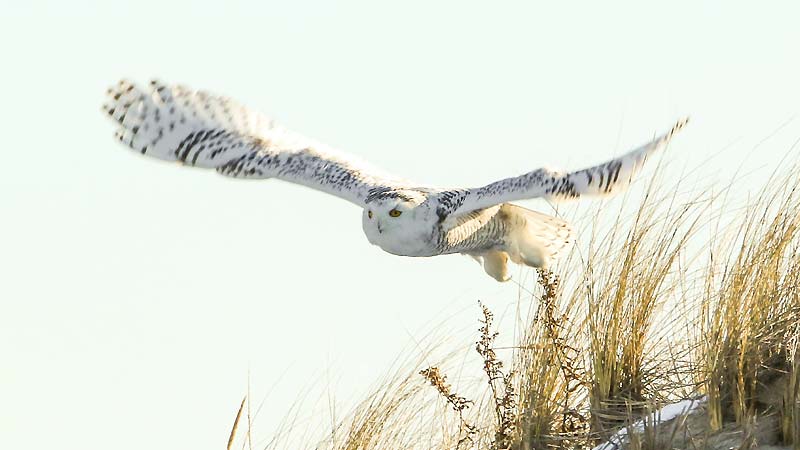
Photo by Doug Kelley on Unsplash
Owls, with their silent flight and remarkable nocturnal hunting prowess, have captivated the human imagination for centuries. These enigmatic birds of prey possess unique adaptations that enable them to navigate through the night skies with exceptional precision and stealth. One intriguing aspect of their aerial abilities is their flight speed, a subject that unveils the astonishing capabilities of these nocturnal hunters.
Understanding Owl Flight
Owls are not renowned for their swift aerial maneuvers akin to falcons or swifts. Instead, they are revered for their silent flight and precise hunting techniques. Their flight style is purpose-built for stealth and accuracy rather than sheer speed.
Silent Flight:
One of the most remarkable traits of owl flight is their near-silent movement through the air. This stealthy flight is achieved through specialized wing feathers that reduce turbulence, allowing them to approach prey without creating the typical whooshing sounds associated with other birds.
Wing Structure and Adaptations:
Owls possess large wings relative to their body size, enabling them to glide effortlessly and cover substantial distances while expending minimal energy. The shape and structure of their wings contribute to their efficient flight, allowing for maneuverability and control during hunting.
Flight Speed of Different Owl Species
While owls are not known for extreme speed in flight, their capabilities vary among different species. Factors such as body size, wing morphology, and hunting strategies influence their flight speeds.
Here's a general overview of the flight speeds for some common owl species:
#1. Snowy Owl (Bubo scandiacus):
Average Flight Speed: The Snowy Owl Owl is considered of the swifter-flying owls among its counterparts.
The Snowy Owl, famous for its striking white plumage, is slightly faster in flight compared to some other owl species. It can reach speeds of around 50 miles per hour (80 kilometers per hour) while hunting over open tundra and fields.
#2. Northern Hawk Owl (Surnia ulula):
The Northern Hawk Owl is known for its swift and agile flight, allowing it to maneuver swiftly through forests and open landscapes. While precise speed measurements for owls in flight are challenging to obtain, the Northern Hawk Owl has been observed flying at speeds estimated to reach up to 40 miles per hour (64 kilometers per hour) during pursuits or when navigating its territory.
#3. Barn Owl (Tyto alba):
The Barn Owl, known for its heart-shaped facial disc and pale plumage, is not among the fastest-flying birds. Its typical flight speed ranges from 30 to 40 miles per hour (48 to 64 kilometers per hour). However, its exceptional maneuverability and silent flight allow it to surprise prey with precision.
#4. Great Horned Owl (Bubo virginianus):
The Great Horned Owl, recognized by its prominent ear tufts and piercing eyes, has a flight speed similar to the Barn Owl, averaging between 20 to 40 miles per hour (32 to 64 kilometers per hour). These owls rely more on their keen senses and stealth than raw speed during hunting.
#5. Other Species:
Species like the Northern Saw-whet Owl, Eastern Screech-Owl, and Tawny Owl have flight speeds similar to or slightly lower than the Barn Owl, usually ranging between 20 to 40 miles per hour (32 to 64 kilometers per hour).
Factors Affecting Flight Speed
Several factors influence an owl's flight speed:
Hunting Style:
Owls are adept at low-level flying, which aids their hunting strategies. Their flight speeds are optimized for surprise attacks on prey rather than sustained high-speed pursuits.
Wing Loading:
The wing loading, or the ratio of an owl's body weight to its wing area, affects flight speed. Owls with lower wing loading tend to have slower flight speeds but better maneuverability.
Size and Habitat:
Larger owl species might have slightly higher flight speeds due to their larger wingspan and stronger flight muscles. Additionally, habitat preferences can influence flight speed; owls navigating open spaces may reach higher speeds compared to those in densely forested areas.
Conclusion: A Balance of Stealth and Precision
While owls might not rival falcons or swifts in terms of sheer speed, their flight capabilities are finely tuned to suit their nocturnal hunting lifestyle. Their silent flight, precision, and stealth play pivotal roles in their hunting success. Rather than relying on sheer velocity, owls navigate the night skies with a balance of grace, precision, and adaptability, making them some of the most fascinating and efficient predators in the avian world.
You May Also Like
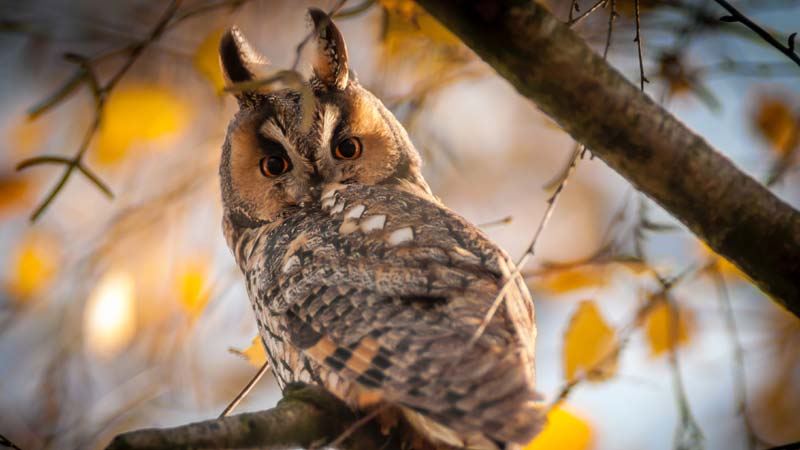 Other TopicsOwning Owls as Pets in Canada: Legalities and Considerations
Other TopicsOwning Owls as Pets in Canada: Legalities and Considerations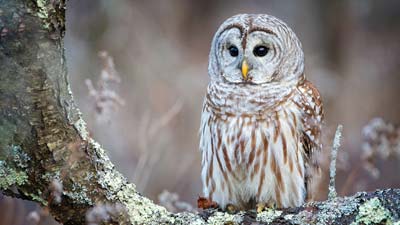 Other TopicsWhy Owls Are Not Suitable Pets: The Interplay of Law and Ethics
Other TopicsWhy Owls Are Not Suitable Pets: The Interplay of Law and Ethics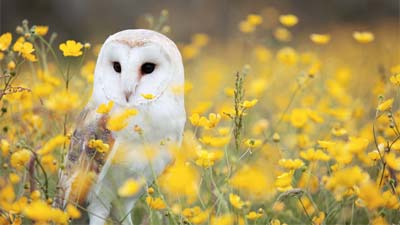 Other TopicsThe Legality of Owning Owls: Understanding the Laws and Ethics
Other TopicsThe Legality of Owning Owls: Understanding the Laws and Ethics Other Pets, Pet Birds8 Easy-to-Care-for Pet Bird Species for Beginners
Other Pets, Pet Birds8 Easy-to-Care-for Pet Bird Species for Beginners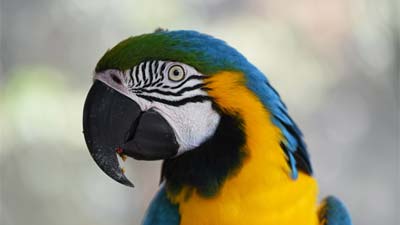 Other Pets, Pet BirdsThe Pionus Parrot: A New Owner's Guide (What To Know)
Other Pets, Pet BirdsThe Pionus Parrot: A New Owner's Guide (What To Know)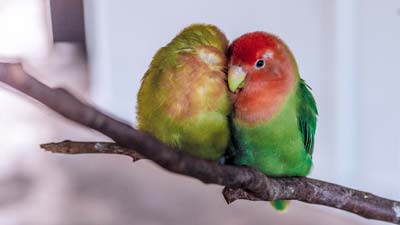 Other Pets, Pet BirdsThe Lovebird: A New Owner's Guide (What To Know)
Other Pets, Pet BirdsThe Lovebird: A New Owner's Guide (What To Know)